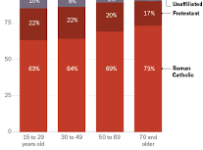Brazil, a vast and diverse country in South America, boasts a population of over 200 million people, making it one of the most populous nations in the world. The country’s population has seen significant growth over the years, driven by a combination of factors ranging from historical trends to socioeconomic changes. In this article, we’ll explore the reasons behind Brazil’s high population and the various factors contributing to its growth.
Historical Migration Patterns:
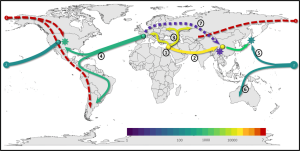
Brazil’s population growth can be traced back to centuries of migration and settlement. During the colonial period, Portugal established extensive plantations in Brazil, relying heavily on African slaves to work the land. This influx of enslaved Africans, combined with European immigration, laid the foundation for Brazil’s multicultural society and diverse population.
After the abolition of slavery in the late 19th century, Brazil continued to attract immigrants from Europe, Asia, and the Middle East, further contributing to population growth. Waves of immigrants arrived in search of economic opportunities, land, and refuge from political unrest, shaping Brazil’s demographic landscape and fueling urbanization.
High Birth Rates:
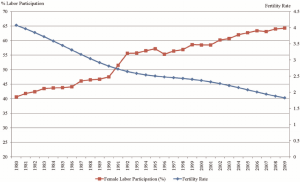
Brazil has historically had high birth rates, contributing to population growth over the years. Factors such as cultural norms, religious beliefs, and limited access to family planning services have influenced fertility rates in Brazil. Large families are common in many regions of the country, particularly in rural areas and among lower-income populations.
Although fertility rates have declined in recent decades due to improvements in education, healthcare, and women’s empowerment, Brazil’s population continues to grow due to the momentum of past population growth and a youthful demographic profile.
Decline in Mortality Rates:
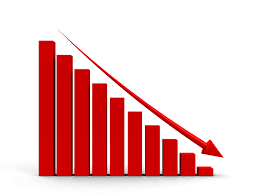
Advancements in healthcare, sanitation, and disease control have led to a significant decline in mortality rates in Brazil. Improved access to healthcare services, vaccination programs, and public health initiatives have helped reduce infant mortality, increase life expectancy, and improve overall health outcomes.
As a result, Brazilians are living longer, healthier lives, contributing to population growth through natural increase. The combination of high birth rates and low mortality rates has resulted in a demographic transition, with Brazil experiencing a period of rapid population growth followed by stabilization.
Urbanization and Internal Migration:
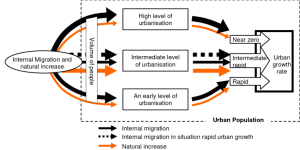
Brazil’s population growth has been further fueled by internal migration from rural to urban areas. Rapid urbanization has transformed Brazil’s demographic landscape, with millions of people flocking to cities in search of better opportunities, education, and quality of life.
Cities like São Paulo, Rio de Janeiro, and Brasília have experienced significant population growth, leading to the expansion of urban infrastructure, housing, and services. However, urbanization has also brought challenges such as overcrowding, informal settlements, and strains on public resources.
Economic Opportunities:
Brazil’s growing economy has attracted migrants from within the country and abroad in search of employment opportunities and a higher standard of living. The country’s vast natural resources, agricultural sector, and burgeoning industries have fueled economic growth and created job opportunities in various sectors.
Cities and regions with thriving economies, such as São Paulo, the Amazon region, and the agricultural heartland of Mato Grosso, have seen influxes of migrants seeking employment and economic prosperity. However, disparities in wealth and opportunities between regions have led to uneven population distribution and regional inequalities.
Conclusion:
Brazil’s high population can be attributed to a complex interplay of historical, demographic, socioeconomic, and environmental factors. From centuries of migration and settlement to high birth rates and declining mortality rates, numerous factors have contributed to Brazil’s demographic growth and diversity.
While population growth presents opportunities for economic development and cultural enrichment, it also poses challenges related to urbanization, infrastructure, healthcare, and environmental sustainability. Addressing these challenges requires comprehensive policies and investments in education, healthcare, family planning, and sustainable development to ensure a prosperous future for Brazil and its growing population.
